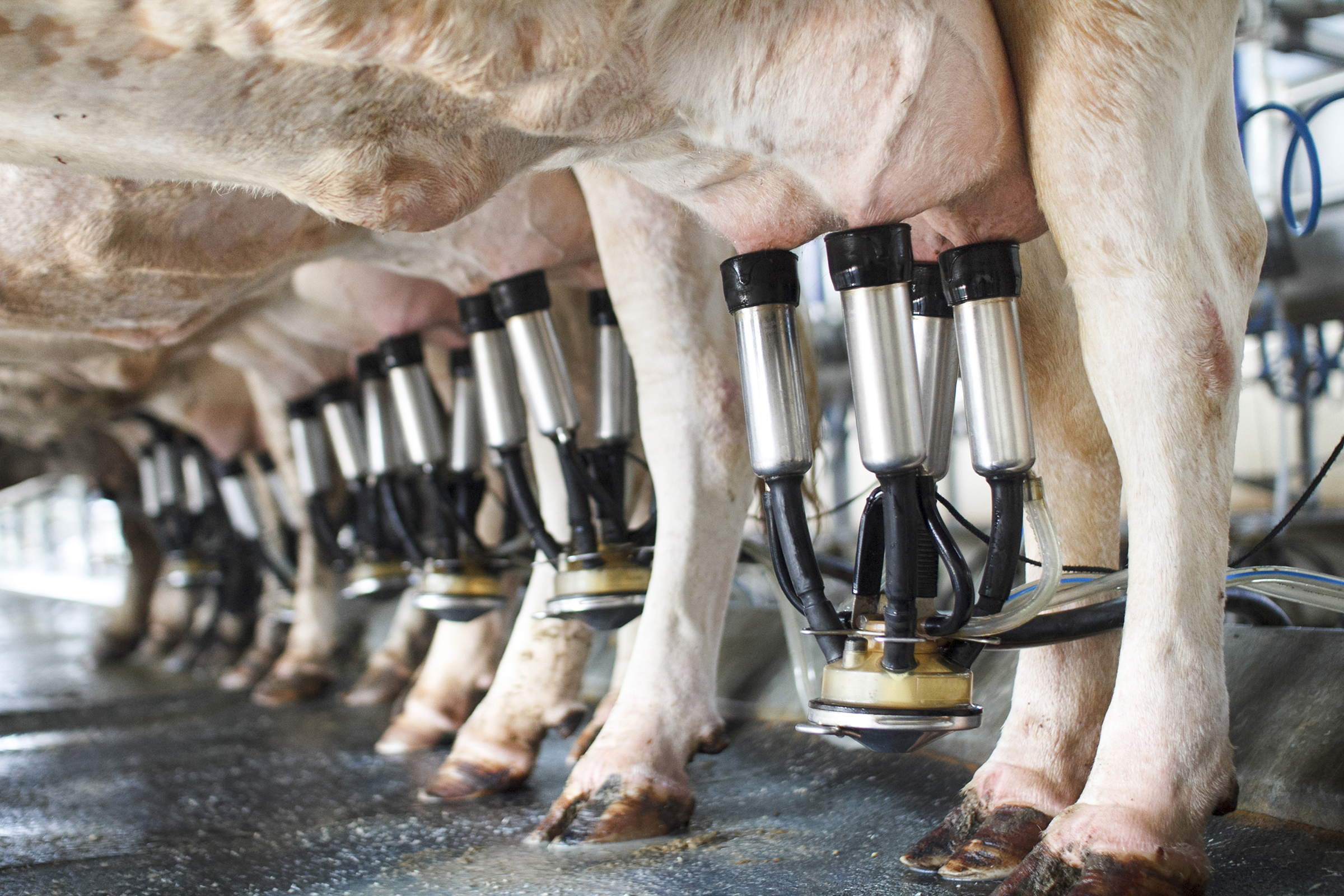Eight Proven Methods to Prevent Mastitis and Boost Milk Yield

Eight Proven Methods to Prevent Mastitis and Boost Milk Yield
Article courtesy of Boehringer Ingelheim Animal Health USA
“When looking for ways to prevent mastitis and boost milk production, the dry-cow pen isn’t usually the first place that comes to mind,” said Curt Vlietstra, DVM, Boehringer Ingelheim. “But how a cow moves through her dry period can influence her health, production and even her ability to stay in the herd.”
So how can producers keep cows healthy through the dry period, and set them up for success in their next lactation? Dr. Vlietstra says it’s important to look at management aspects holistically, and offers the following advice:
No. 1: Treat subclinical mastitis at dry-off.
About 60% of mastitis cases that occur during a cow’s lactation can be traced back to the dry period. A dry cow antibiotic tube can treat current subclinical cases and will help eliminate those infections early in the dry period.
Dr. Vlietstra recommends choosing a dry cow antibiotic mastitis treatment that protects against Gram-positive bacteria, including Streptococcus agalactiae and Staph aureus species.
For producers looking to cut antibiotic use and associated costs, selective dry cow therapy (SDCT) — when antibiotics are only used to treat cows that likely have mastitis, is an option to explore with your veterinarian.
No. 2: Supplement the natural keratin plug with an internal teat sealant.
More than 25% of cows don’t form a keratin plug at dry-off. “Administering an internal teat sealant can prevent exposure of the teat canal to bacteria by creating an antibiotic-free barrier between the udder and bacteria in the environment,” explained Dr. Vlietstra. For best results, he recommends producers follow teat sealant administration and removal guidelines closely.
No. 3: Administer a coliform mastitis vaccine.
Coliforms are environmental bacteria that are often found in manure and bedding. Coliform species can cause chronic or recurring mastitis and are associated with up to 70% of severe mastitis cases.
Dry-off is a good time to ensure cows are up to date on all vaccinations, including a coliform mastitis vaccine.
No. 4. Ensure high-producing cows are ready to be dried off.
“Cows that are giving large amounts of milk at dry-off can experience serious udder engorgement and are more likely to leak milk and get mastitis,” said Dr. Vlietstra.
A new approach is to provide cows with an oral mineral bolus designed to reduce milk production. Research has also shown that this method can reduce somatic cell count and the risk of clinical mastitis in the cow’s next lactation.
No. 5: Take care of the environment.
“We need to keep dry cows clean, dry, cool and comfortable to maintain healthy udders,” emphasized Dr. Vlietstra. Keep the following factors in mind:
• Heat abatement: Helping dry cows stay cool is just as important as keeping lactating cows cool, especially as dairy cows can experience heat stress beginning at 68 degrees Fahrenheit. Provide dry cows the proper shade, fans and sprinklers to keep them cool.
• Ventilation: Well-ventilated buildings prevent high humidity in the winter and heat buildup in the summer; a cow’s hair coat should be free of moisture when you run your fingers through it. Signs of poor ventilation that require attention include air that smells like ammonia and animals that are coughing, or experiencing nasal discharge or open-mouthed breathing.
• Stocking density: Dry cows require significantly more space than lactating animals. Ensure they have enough space to eat and rest, while keeping stocking density at or below 85%.
• Cleanliness: Remove manure as soon as possible, and keep plenty of fresh bedding under animals. Manage water tanks, feeding areas and walkways to eliminate standing water or manure.
No. 6: Ensure nutritional needs are met.
At the start of lactation, cows rely on the mobilization of body-fat storage to counteract the negative energy balance they often experience after calving. To ensure nutritional needs are met during the dry period, Dr. Vlietstra encourages producers to work with their nutritionist to develop an appropriate dietary cation-anion difference (DCAD) ration.
Studies have shown that feeding a DCAD diet during the dry period results in increased dry-matter intake in early lactation, increased milk production, fewer fresh cow health events and improved reproductive performance.
No. 7: Adhere to protocols and good management practices.
Every good dry cow program should start with the right team of people. Avoiding complacency and following protocols reduces the procedural drift that can creep up for any number of reasons, Dr. Vlietstra noted. To ensure employees are as compliant as possible, consider the following:
Show employees how you want things done, and explain what you’re doing. Have occasional refresher courses to remind the experienced workers of the correct procedures.
Help employees understand the “why.” People are more likely to continue established procedures if they understand why they are doing them.
Clearly post protocols in the language(s) your workers speak to enhance understanding.
No. 8: Consult your veterinarian.
“The right dry cow program varies from farm to farm,” concluded Dr. Vlietstra. “Before making a new protocol decision or change, talk with a veterinarian. They understand your operation’s specific challenges and can ensure the change is right for your herd.”




